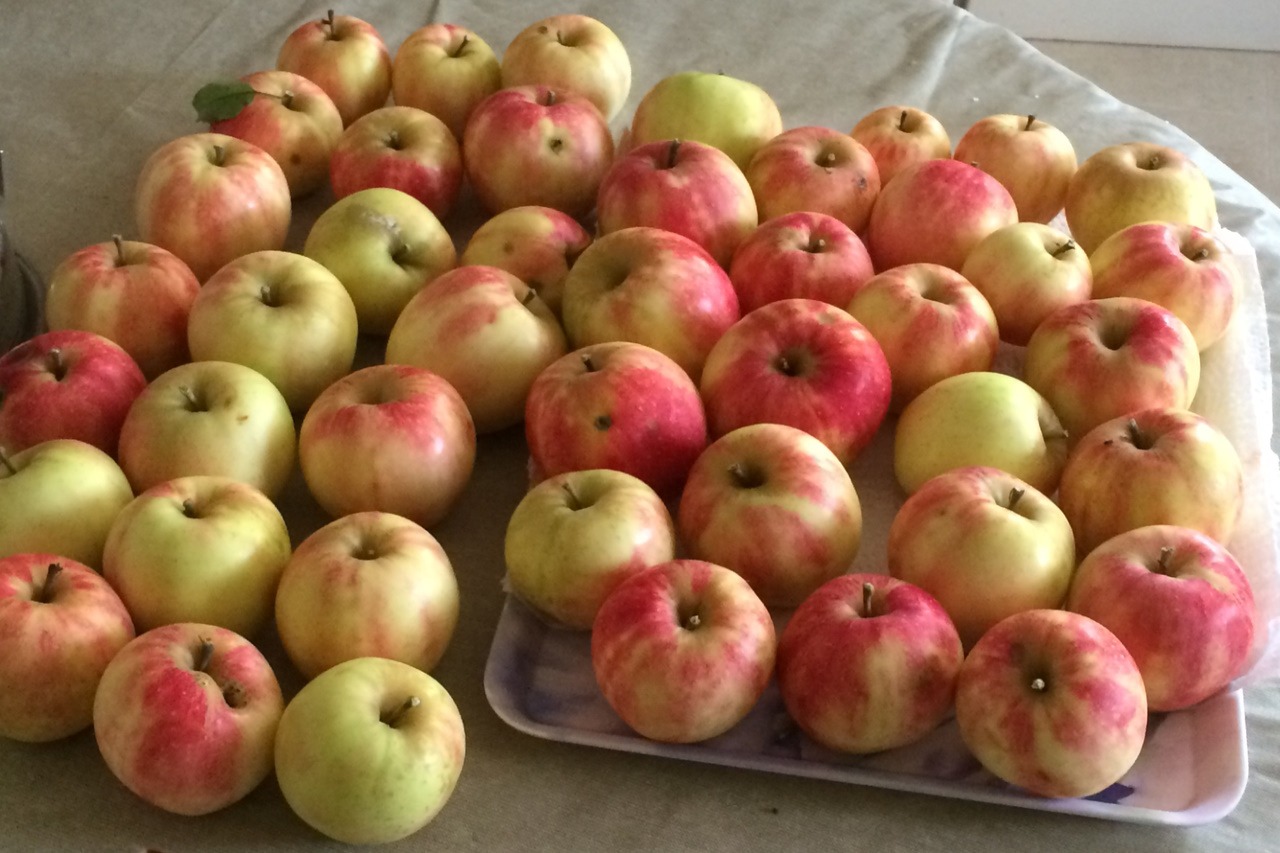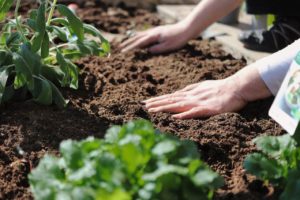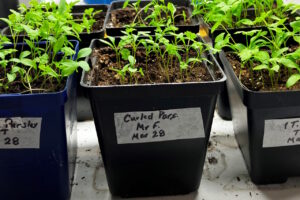It’s February – the time that I, and many gardeners in Canada, are making plans for this year’s growing season. My own saved seeds, stored in envelopes, are inviting me to add them to the garden. Seed catalogues, available for at least a month, are tempting us with colourful images and intriguing descriptions of their offerings. Since most of us are limited by space, time, energy and/or money, making wise choices at this point in the gardening process is key.
In an earlier post, I wrote about the permaculture principle that states “each function is supported by multiple elements.” Another permaculture principle, that one could call the “mirror” of this one, states “each element performs many functions.”1 Using this principle as a guide for plant selections, we might ask ourselves questions such as: What can this plant offer the gardener? Can this plant contribute to the well-being of other species in addition to the human? How?
Let’s start with the common garden bean (Phaseolus vulgaris):

As a legume, this plant works with special bacteria that “fix” nitrogen in a form the plants can use, while supplying food to the bacteria in return;2 their flowers can nourish bees and other pollinating insects; they produce nutritious edibles for humans; the leaves of bush varieties cover the soil surface like a living mulch, helping to retain moisture and moderate soil temperature which help soil microorganisms to thrive; pole beans grown on a trellis or a pole tent are easier to pick and can provide shade for lettuce to delay bolting; at the end of the season, the plants can be left in place or composted and used as an environmentally-friendly fertilizer and soil amendment.
Another example of an element that can have many functions is an apple (Malus) tree. It provides a generous harvest of apples for us to enjoy in the fall and, if preserved by canning or freezing, throughout the winter too; its spring blossoms offer a beautiful sight after our long winters; it gives shade which can provide us with a comfortable place to take a break when working in the garden; it also can be a place for birds to perch and even hide from predators; the flowers provide food for pollinating insects that visit the tree; through photosynthesis, it converts carbon dioxide (a greenhouse gas) to oxygen, and stores the carbon within its being. Finally, at the end of the season, when it drops its leaves, it provides a natural mulch, or biomass to add to the compost pile.
Some permaculture designers suggest giving preference to elements that provide at least three functions. Having reflected on how beans and apples contribute so much to the well-being of so many other “elements” in the garden, I prefer to call these functions “generous gifts of Love.”
1 See Gaia’s Garden: A Guide to Home-Scale Permaculture, Toby Hemenway, Chelsea Green Publishing Co., White River Junction, Vt, 2nd ed, 2009, page 6.
2 For a good explanation of nitrogen-fixing, see https://eap.mcgill.ca/MagRack/COG/COG_E_97_02.htm
Wendy spent a good part of her adult life moving with her husband, never staying long enough to see an apple tree mature and bear fruit. When they retired, developing a food garden and planting hardy ornamentals became a passion. Weaving her previous studies in nutrition with her current interest in gardening has become a stimulating and life-giving activity.





Thanks for this wonderful and informative read, Wendy. I am unlikely to bite into my favourite fruit in the same way again. Giving preference to those plants that have multiple functions in the garden is a new insight for me. What a “generous gift of love” the humble apple gives.
Thank you, Wendy, for your reflection on the challenge of multi-tasking which beans and apples do so naturally and with such grace! The invitation to make garden choices based on this capacity enhances my appreciation of these “generous gifts of Love.” Thanks again.
Thanks Wendy! How clever nature is; a form of multi-tasking without draining the plant of energy. Sometimes when I multi-task I can feel full of effort and not very attentive. When I grow up may be I will be an apple tree?!